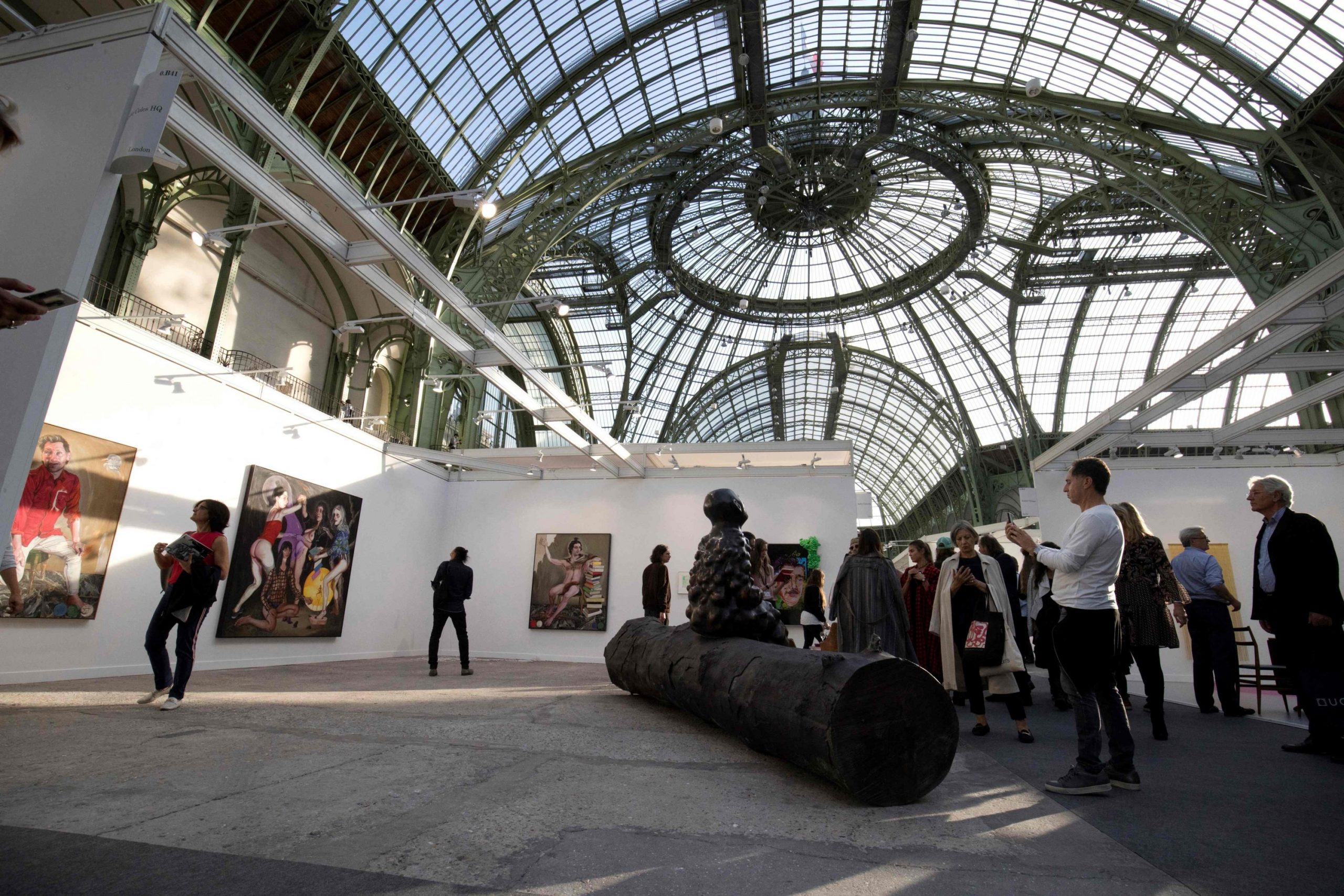Another One Bites the Dust: FIAC Ousted from Grand Palais in Paris
In a surprising move, the Réunion des Musées Nationaux – Grand Palais has just announced that the MCH Group (Art Basel) will replace RX France (Fiac) as the organiser of the international art fair traditionally taking place in Paris’ Grand Palais every October.
The news confirms some major trends observed in the art world in the past few years. First and foremost, one of consolidation with bigger organisations (galleries, art fairs, websites) expanding globally, often by absorbing or pushing out smaller competitors. Secondly, and perhaps more worryingly, the homogenisation of what’s being offered on a global scale, already observed in most other sectors. If in the past audiences would appreciate finding different things in different countries, and would display differences in taste across regions, the mainstream attention has now been reduced to a handful of names (be it artists, galleries, or auction houses), which can be found all over the world. Finally, if art used to be a source of reference and inspiration for design, fashion, and other “applied” arts, the roles have now reversed: an increasingly fame-hungry “art world” (the outskirts of which have expanded vastly, to include operators who may, at best, know a little about how markets works, but in most cases know hardly anything about art itself) aspires more and more to be part of the wealthy world of fashion, trying to imitate it in its consumeristic, spectacularised ways.
All these trends are being singnificantly accelerated, reinforced, and exacerbated by the dominance of social media in the production and dissemination of information and influence worldwide. One might have thought that art, representing the pinnacle of creativity, would escape such tendencies, and that its very point might be to reject homologation, particularly since the time of the 20th-century avantgardes. However, the increasing divergence between research-based, museum-oriented art, and the media-ready, market-oriented art, together with an obsessive and pervasive emphasis on marketing art as an “investment class”, have produced the opposite effect, i.e. an equalised, homogenised art world, increasingly oblivious of local cultural differences (and often of culture in general).
This will be a sad day for many, as Fiac was a beloved kermesse bringing contemporary art lovers to Paris since 1974. At the same time, the news is sure to please the major galleries (clients of the fairs) heralding increasing internationalisation. One can only hope that MCH will bring new energy to the Grand Palais without excessively giving in to fashion (something they already hint at in their announcements) or pushing out its most historical exhibitors, erasing Fiac’s longstanding legacy.

